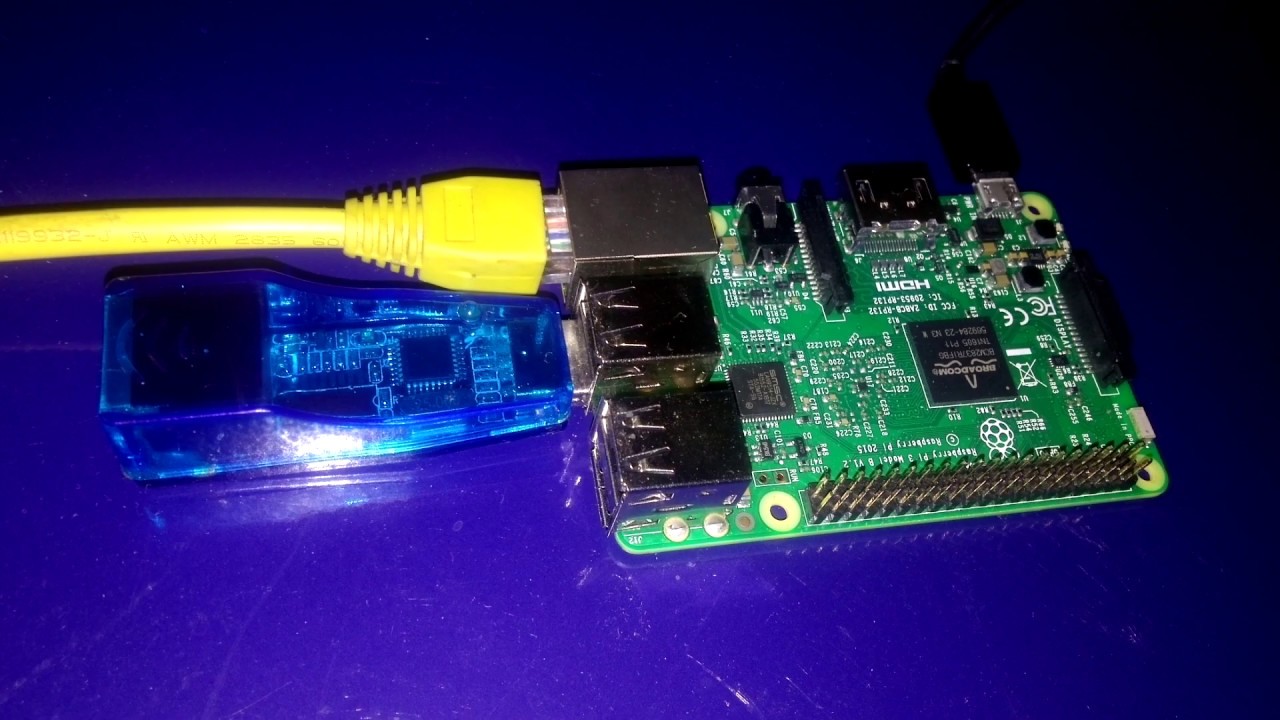

- Raspberry pi ftp server install#
- Raspberry pi ftp server full#
- Raspberry pi ftp server password#
- Raspberry pi ftp server mac#
Raspberry pi ftp server password#
It opens up a number possibilities.FTP uses unencrypted passwords so anyone can intercept your password without much effort. Using a Raspberry Pi as a web server is one of the fundamental uses of a Pi. You began by enabling SSH, then installing the Web Server, MySQL and FTP. That's it! You've now successfully set up a Local Web Server for your Raspberry Pi! If you want to do this, type this command: ln -s /var/www/ ~/www Summary You may also wish to create a shortcut from the Pi user's home folder to the web root folder. To do so, enter the following command into the Terminal window: sudo service vsftpd restart Step 5 You need to restart the new FTP server in order to be able to use it. Then save and exit the configuration file by pressing Control-X, then Y and then the Return key. At the bottom of the configuration file, add force_dot_files=YES to enable files such as.Uncomment local_enable=YES and write_enable=YES to allow you to make changes to the FTP server.Change anonymous_enable=YES to anonymous_enable=NO to disable Anonymous FTP).There are three changes you need to make: I recommend that you edit the configuration file for vsftpd to make it more secure and user friendly.
Raspberry pi ftp server install#
Enter the following command into the Terminal window to install: sudo apt-get install vsftpd Step 3 Install vsftpd which is one of the fastest and most secure FTP servers for UNIX-like systems.
Raspberry pi ftp server full#
To do so, type the following command which will allow you to take full control of the web server's root directory: sudo chown -R pi /var/www Step 2
Raspberry pi ftp server mac#
In order to allow the transfer of files between your Mac and your Raspberry Pi, you'll need to set up an FTP connection. To install MySQL, type the following command into the Terminal window: sudo apt-get install mysql-server mysql-client php5-mysql Setting Up FTP Step 1 It's important to have MySQL installed, so you can run anything which needs a database, such as WordPress. If everything's gone well, you should see a message saying It works! looking like this: Installing MySQL Step 1 You can test the Web Server by typing the IP address into a web browser. Type the following command to do so: sudo service apache2 restart Step 3 In order to do so, you should type in the following command into the Terminal window: sudo apt-get install apache2 php5 libapache2-mod-php5 Step 2 You'll first want to install Apache and PHP. If you've connected successfully to the Pi, you'll see ~ $ being displayed at the bottom of the Terminal window, similar this: Setting Up the Web Server Step 1 If a security warning is displayed, double check that everything is ok, and then type either y or yes to continue the connection. Whilst you won't see each character being typed on the screen what you're typing is being entered. Unless you've previously changed it, the password will be raspberry. Type the following command into the window: ssh should replace 192.168.1.60 with your own IP address. On your Mac, open up Terminal, which can be found within the Applications > Utilities folder. You should enter each line one at a time, and press the Return key after each line has been typed. Step 2Įnable SSH and then restart the Pi by typing the following commands into the LXTerminal window: sudo /etc/init.d/ssh start If you're using an ethernet connect, the IP address of the Pi can be found in the eth0 section. In this case, my IP address is 192.168.1.80. If you're using a wireless connection, in the 'wlan0' section, the IP address can be found on the second line, labelled inet addr. You'll then see something similar to this: To do so, type the following command into the LXTerminal application: ifconfig In order to enable SSH, you must obtain the IP address of the Pi.

Using SSH, or Secure Shell, will allow you to control the Raspberry Pi from another computer. USB Mouse (preferable, but not required).Raspberry Pi users love starting new projects, and one of the fundamental but relatively simple projects is to turn your Pi into a Local Web Server.


 0 kommentar(er)
0 kommentar(er)
